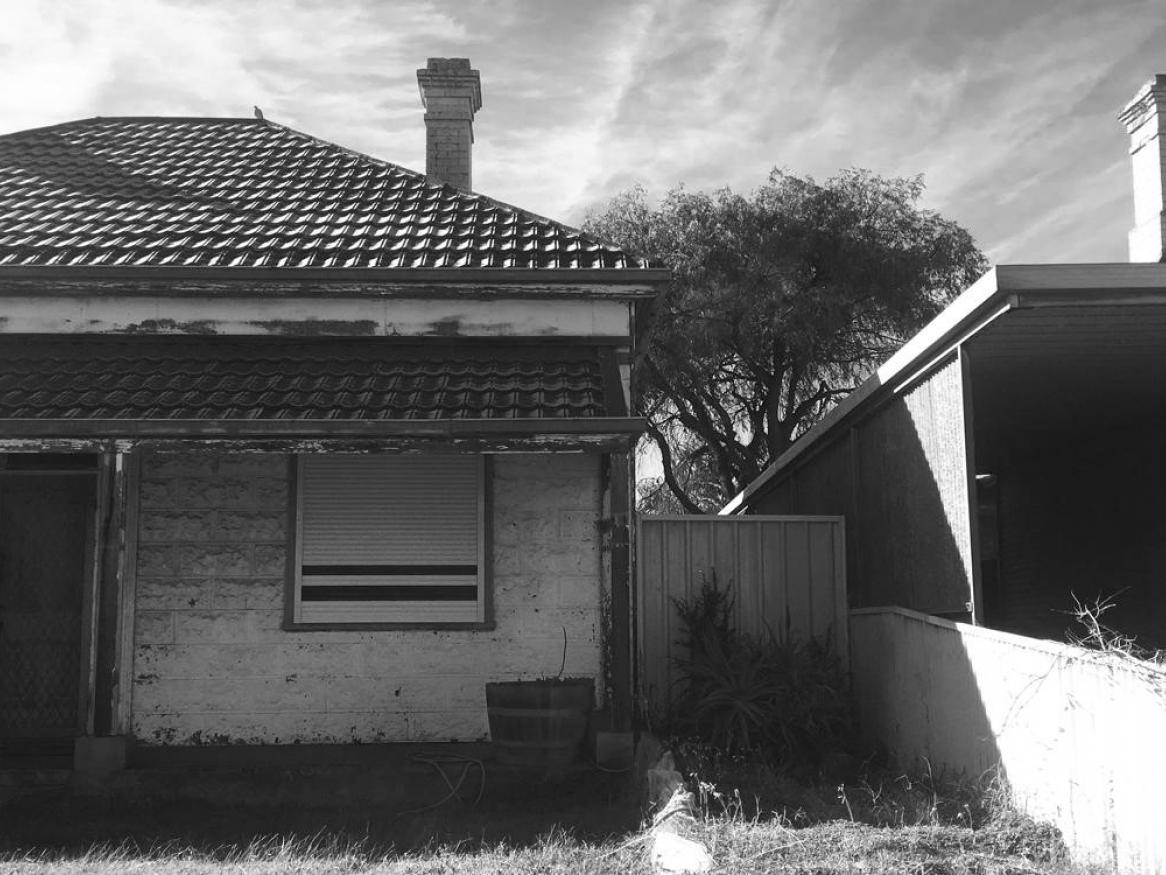Data Gateway
Access to relevant data is vital for ensuring informed research and policy creation around housing. That's why our researchers pride themselves on producing accessible and up-to-date databases across various areas of housing research.
Our databases are on the cutting-edge of housing research in Australia. They provide insights into the conditions of housing across Australia, providing policy-makers with relevant and reliable information about Australian housing.
Australian Housing Conditions Dataset 2022
Despite its importance, we are yet to have a systematic understanding of Australian housing conditions and changes over time. This dataset provides the knowledge base for national and international research as well as better policy development. This dataset follows the Australian Housing Conditions Dataset (2016) and the Australian Rental Housing Conditions Dataset (2020).
Related reports and publications
The Australian Housing Conditions Dataset (2022)
Housing serves many purposes in our society. It provides space for raising families, for leisure and rest, and increasingly, our housing doubles as a workspace. Housing also impacts our mental and physical health due to factors such as cold, mould, poorly managed maintenance issues, unaffordability, and inequality. For all its importance, we know surprisingly little about the homes Australians live in, beyond sales prices, construction materials and population averages. Building on the earlier housing conditions projects in this series, including the Australian Housing Conditions Dataset (2016) and the Australian Rental Housing Conditions Dataset (2020), in 2022 we collected data on the housing conditions of 15,000 rental (including private and public) households and 7,500 homeowners, covering all Australian states and territories. To celebrate the public release of this dataset we invited 20 leading housing commentators and researchers to explore the data and contribute short reflections on the state of Australian housing, homes and households. This collection of insights can be viewed in our recently published Our Housing Australia report.
Dataset Data descriptor Our Housing Australia report Our Housing Australia policy brief
The Australian Rental Housing Conditions Dataset (2020)
Each year the proportion of Australians who rent their home increased and, for the first time in generations, there are now as many renters as outright homeowners. Researchers and policy makers, however, know very little about housing conditions within Australia's rental housing sector due to a lack of systematic, reliable data. In 2020, a collaboration of Australian universities commissioned a survey of tenant households to build a data infrastructure on the household and demographic characteristics, housing quality and conditions in the Australian rental sector. This data infrastructure was designed to be national (representative across all Australian States and Territories), and balanced across key population characteristics. The resultant Australian Rental Housing Conditions Dataset (ARHCD) is a publicly available data infrastructure for researchers and policy makers, providing a basis for national and international research. A collection of short expert analyses drawing on the 2020 Australian Rental Housing Conditions Dataset offers insights into the ways in which the COVID-19 pandemic impacted Australians and their housing. These contributions can be viewed at the below link for the AHURI Rental Insights: A COVID-19 Collection.
Dataset Data descriptor Rental Insights: A COVID-19 Collection
The Australian Housing Conditions Dataset (2016)
Responding to call from the research and policy community for a timely, systematic and accessible data resource on Australia’s housing conditions, the Australian Research Council (ARC) funded the Australian Housing Conditions Data infrastructure (AHCD) project in 2015. The project has systematically gathered a robust data infrastructure on the housing conditions of Australians. In order to provide a dataset of sufficient depth, it was focussed on three States (New South Wales, Victoria, and South Australia). This Project is designed as a baseline dataset, made available to researchers and policy stakeholders to use and build upon. The dataset sits with a package of standardised research protocols and survey tools enabling researchers to replicate the survey with target populations while still retaining the ability for comparison with baseline Australian housing condition characteristics.





